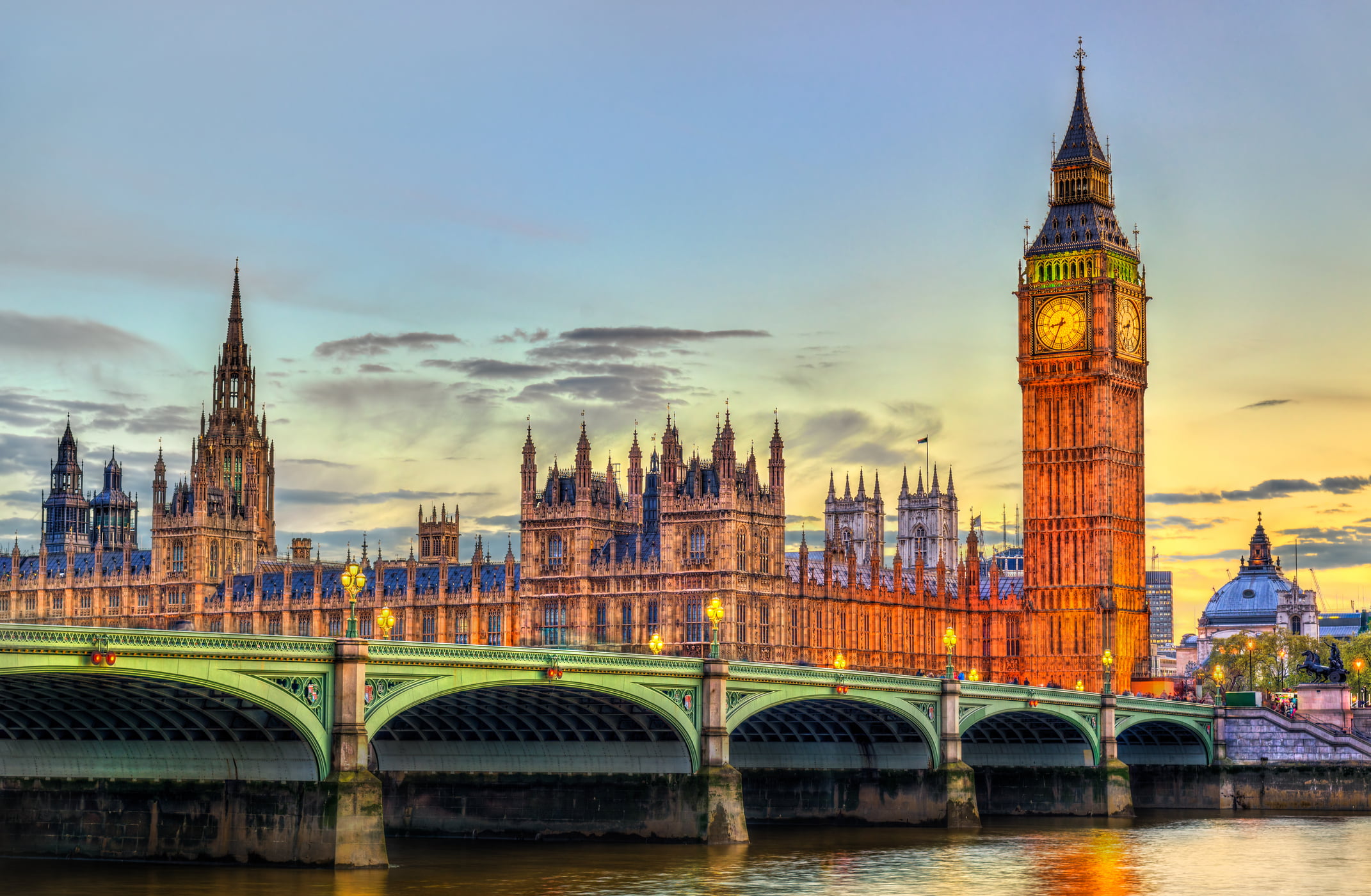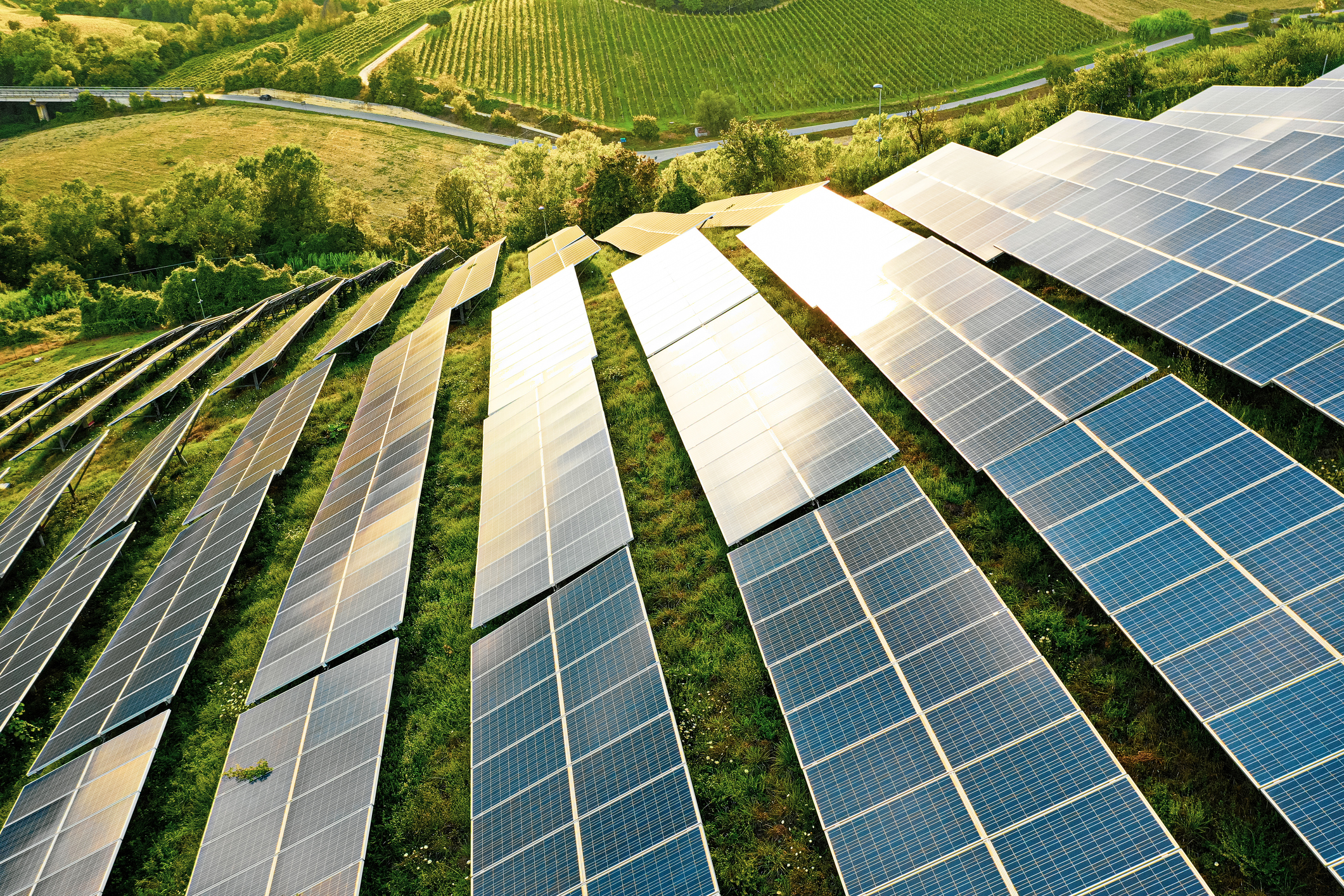The CCC’s net zero route map sets out four steps that will be essential to achieve decarbonisation over the next 30 years:
1. Take up of low carbon solutions
This includes the adoption of electric vehicles, replacing boilers with heat pumps, as well as a shift to renewable electricity and hydrogen.
2. Expansion of low carbon energy supplies
Production of electricity in the UK will be zero carbon by 2035, with reliance on offshore wind power to increase.
3. Reducing demand for carbon-intensive activities
The UK will need to waste less and reduce its reliance on carbon-intensive goods. Buildings will become more energy efficient and there will be fewer car miles travelled.
4. Land and greenhouse gas removals
Agriculture and farmland use are expected to change dramatically. New mixed woodland will remove carbon dioxide from the air, while more land will be used to produce energy crops.

